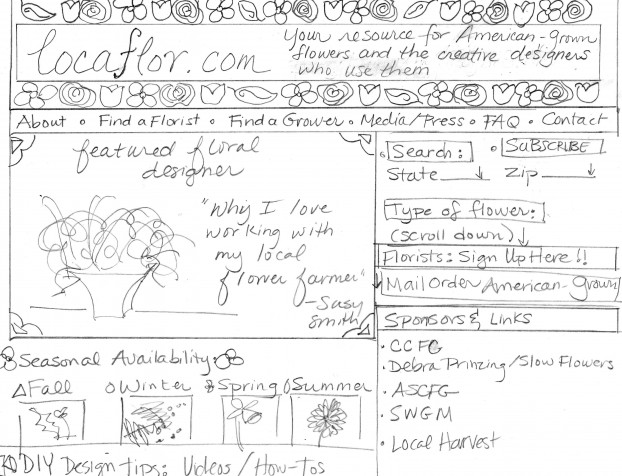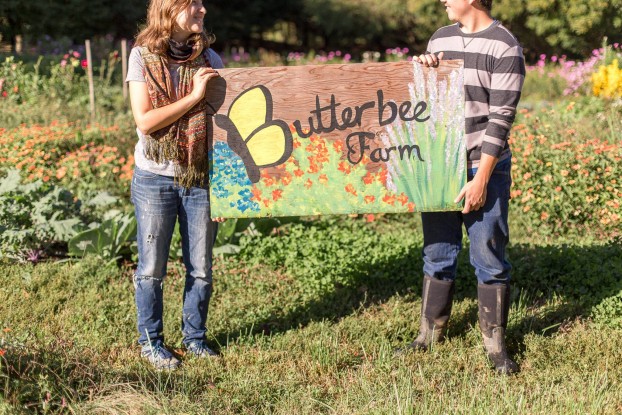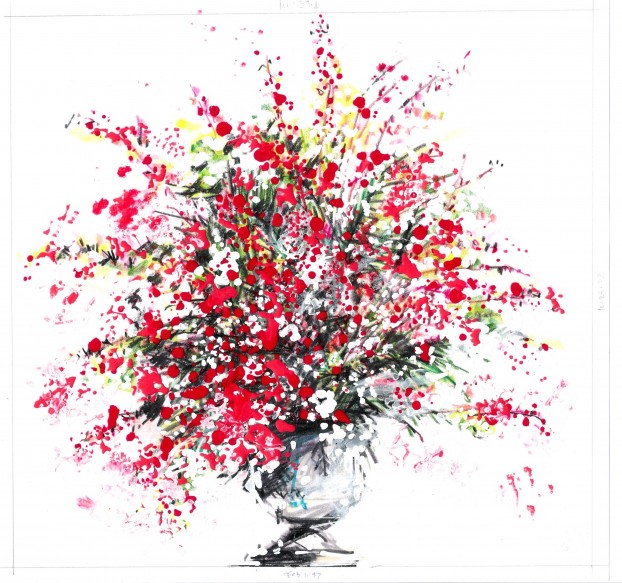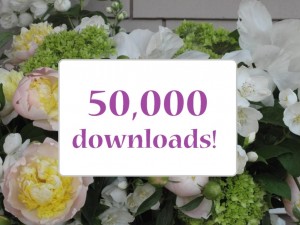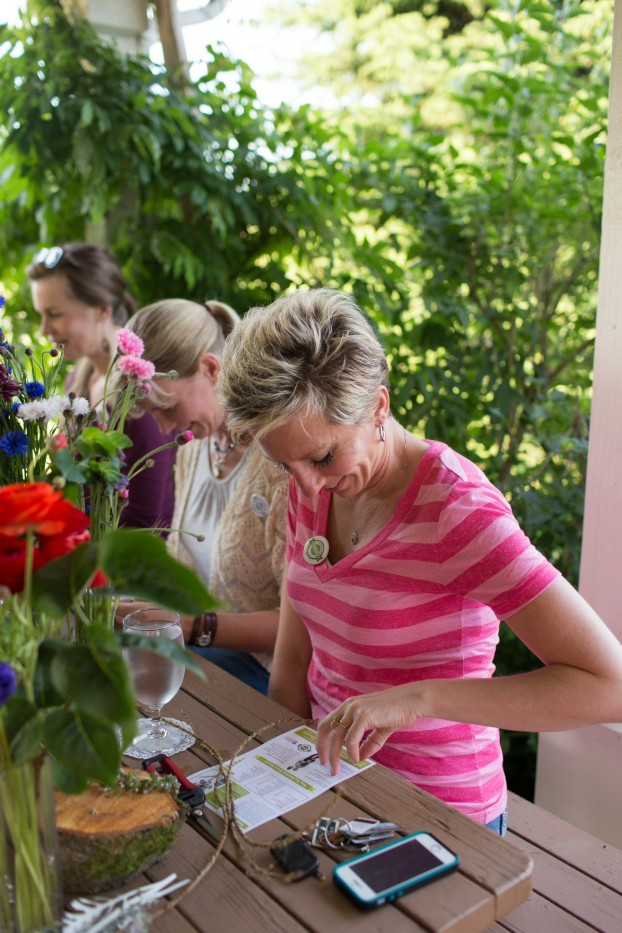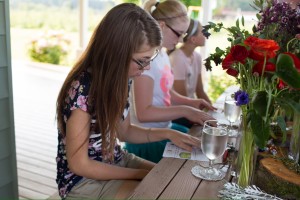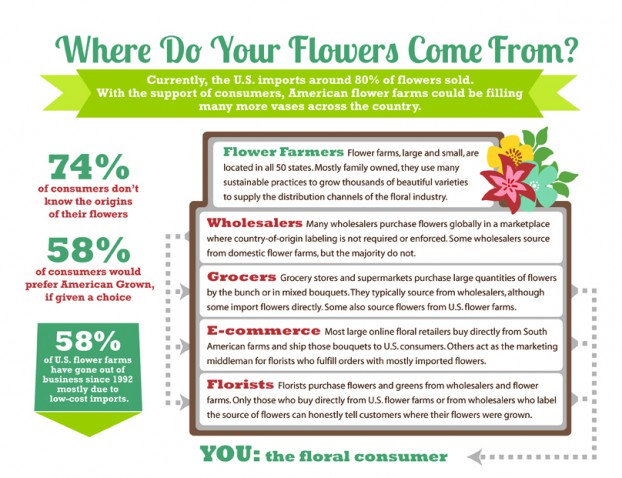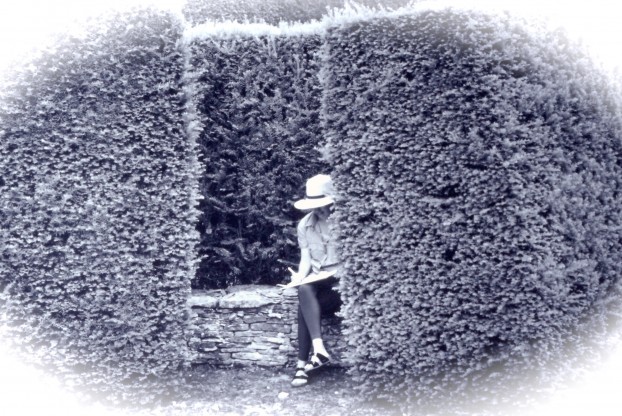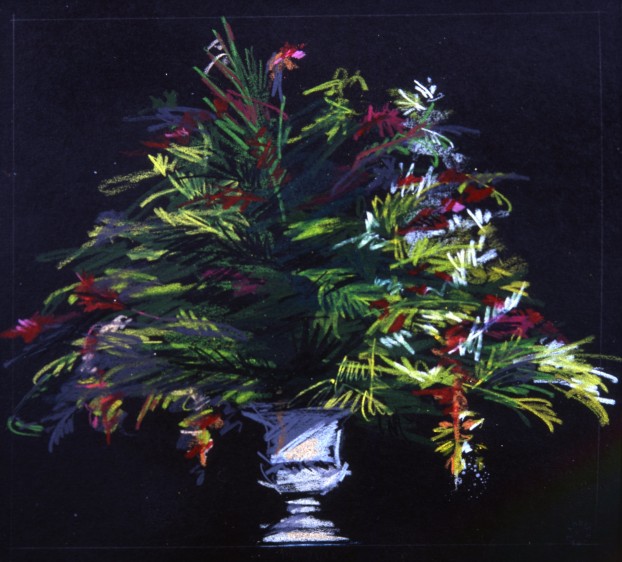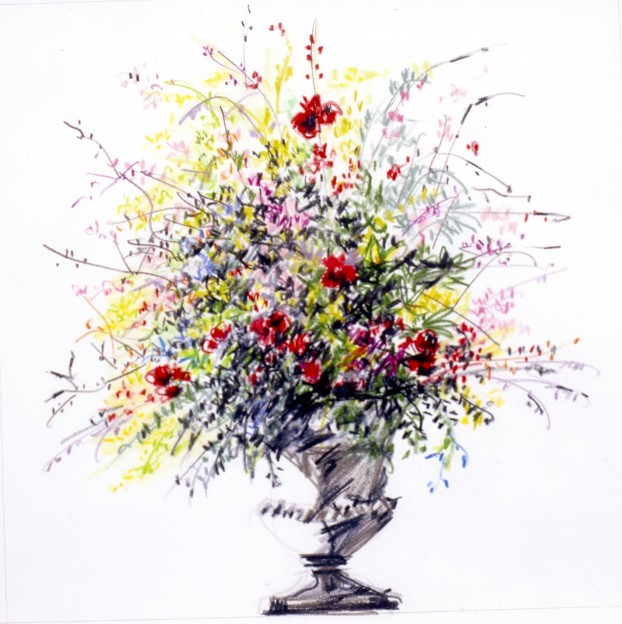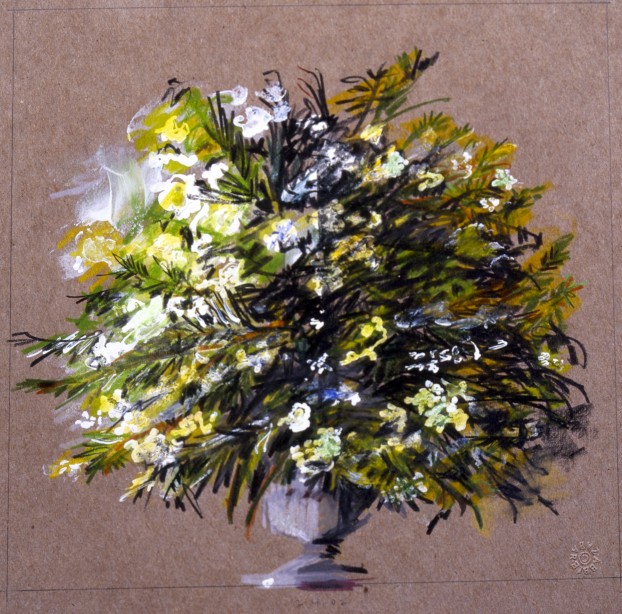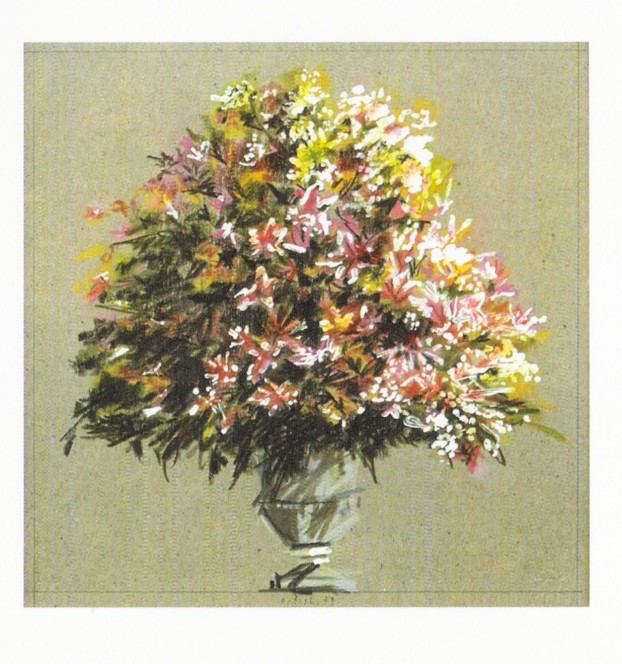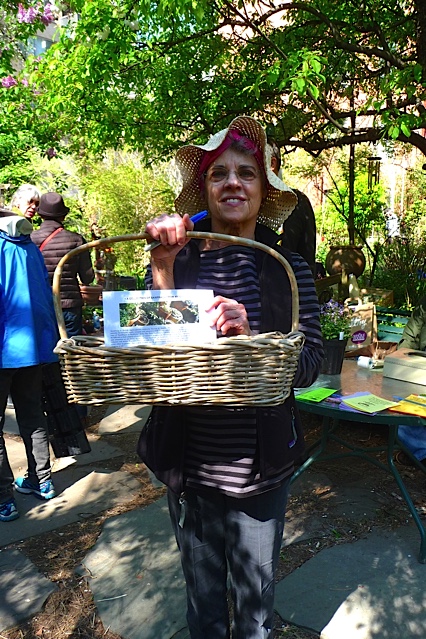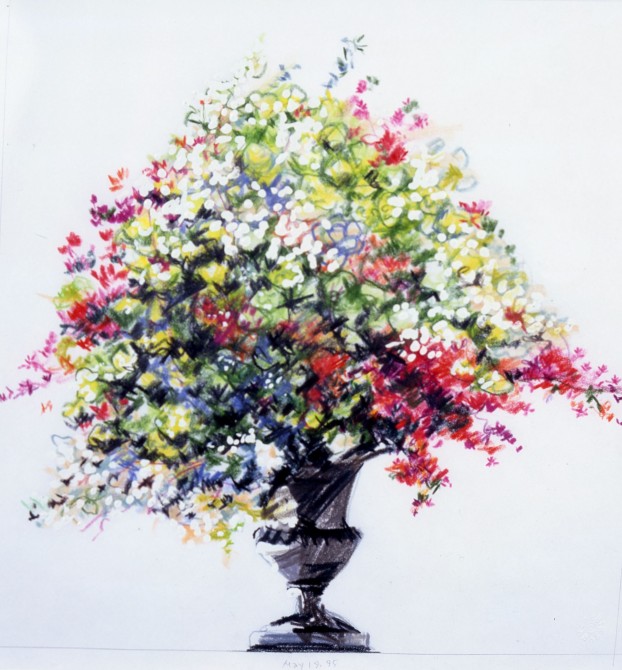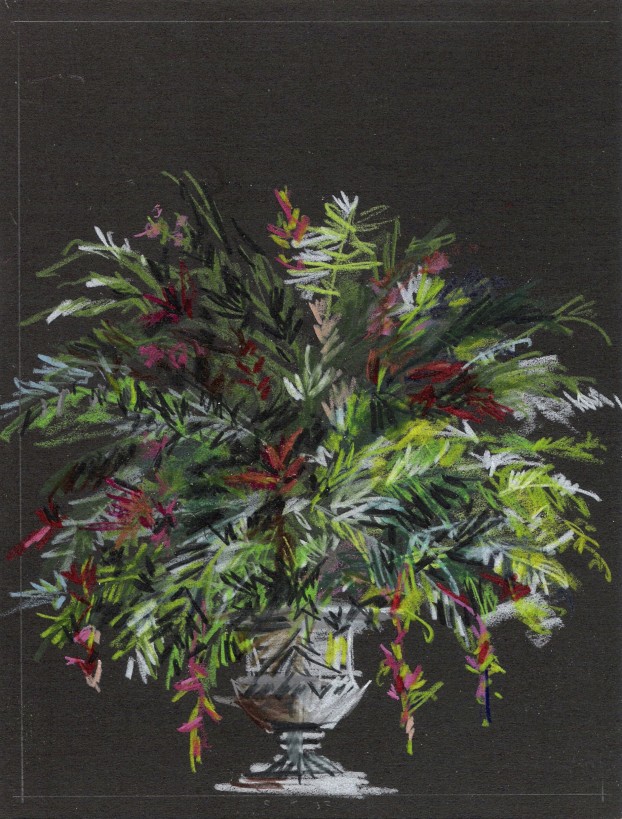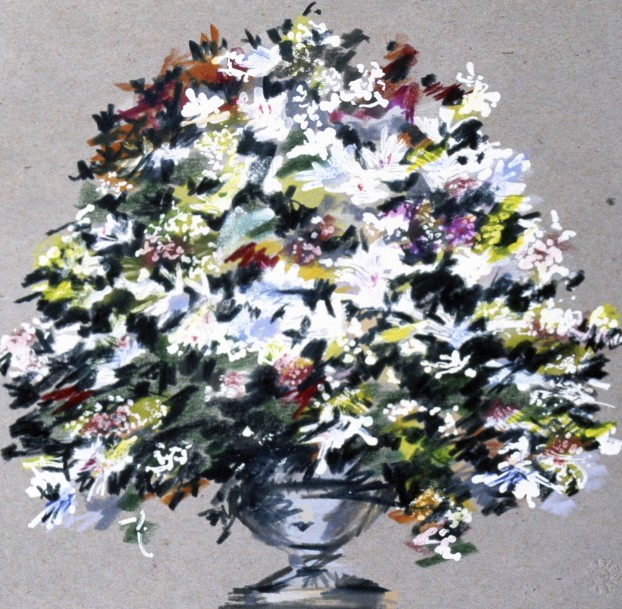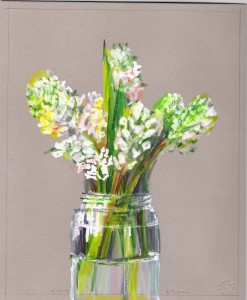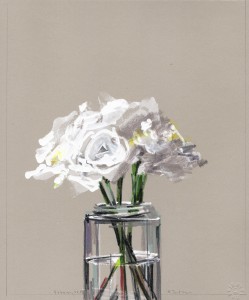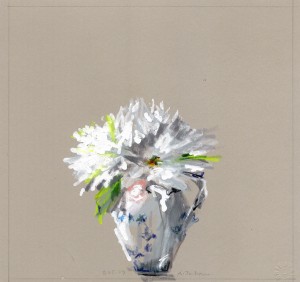Podcast: Play in new window | Download
Subscribe: Apple Podcasts | Podcast Index | RSS | More
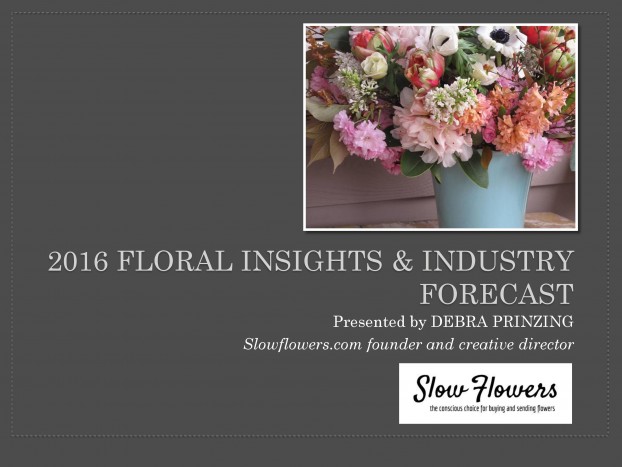 As I was preparing to record this week’s episode I had a flashback to January 2014 and it reminded me of just how young Slow Flowers really was only two years ago.
As I was preparing to record this week’s episode I had a flashback to January 2014 and it reminded me of just how young Slow Flowers really was only two years ago.
Leading up to the launch of Slowflowers.com, I’d spent six months working with my designers to create the site’s framework. Having invested more than $10,000 of my own money to get the platform off the ground, I decided to turn to crowd-funding to raise another $12,000 in order to pay the web developer’s bill.
I spent considerable time and effort to set up my Kickstarter campaign, including hiring my friend Hannah Holtgeerts and her then-teenage brothers to create the Slow Flowers campaign video. For those of you who’ve been involved in these crowd funding sites, you know about all the up-front investment of time and resources that’s required prior to ever submitting your project for review.
Why Slow Flowers? from debra prinzing on Vimeo.
On December 24th 2013, less than 24 hours after I had submitted the Slow Flowers campaign to Kickstarter, I received this generic email response:
Unfortunately, this project does not meet our guidelines — resources of this nature do fall outside our scope. This isn’t a judgment on the quality of this project, just a reflection of our focus.
Not only was I devastated, I felt that Kickstarter was wrong and didn’t understand the creative nature of Slowflowers.com. If I had wanted to publish the directory of American flower farmers and florists as a tangible book rather than an easy-to-update web-based directory, I’m sure they would have accepted my proposal. It’s not like I was launching an e-commerce site either. I think it was just a matter of a lazy reviewer who didn’t take the time to thoughtfully read my proposal, but instead made the wrong conclusion and sent me their rejection.
I brushed myself off and turned to Indiegogo, where I should have started in the first place. I resubmitted the exact same campaign that Kickstarter had rejected and within 24 hours – on January 5, 2014, I received this email:
Congrats, ‘Slow Flowers: A Directory of American Flowers, Florists, Designers & Farmers’ is now live!
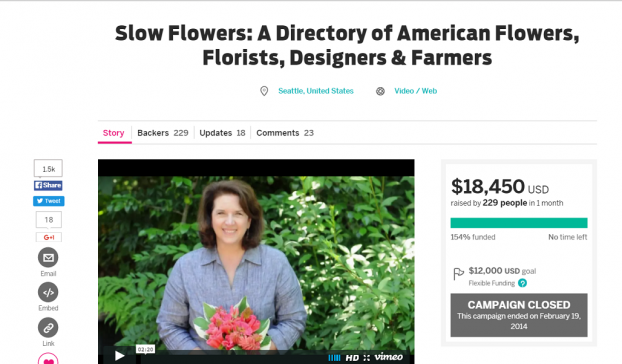 My chunk of coal in the Christmas stocking turned into a beautiful diamond, thanks to Indiegogo’s acceptance of the project. What followed was nothing short of amazing, with a 45-day campaign generating more than $18,000 from 229-plus contributors— we exceeded the original funding goal by 54 percent! Look how far we’ve come in just two years!
My chunk of coal in the Christmas stocking turned into a beautiful diamond, thanks to Indiegogo’s acceptance of the project. What followed was nothing short of amazing, with a 45-day campaign generating more than $18,000 from 229-plus contributors— we exceeded the original funding goal by 54 percent! Look how far we’ve come in just two years!
Slowflowers.com launched in early May of 2014 with 250 listings.
Today, our membership has climbed to 640 in 48 states!
It’s always good to look in the rear-view mirror and see the distance covered. The road was bumpy, narrow and had limited visibility – but our wheels are still on the flower cart and it is my dream to help Slowflowers.com membership climb to 1,000 in 2016.
That is my New Year’s resolution – and you can help me reach that goal by referring fellow flower farmers, floral designers and wholesalers to join the site!
NEWS ITEM
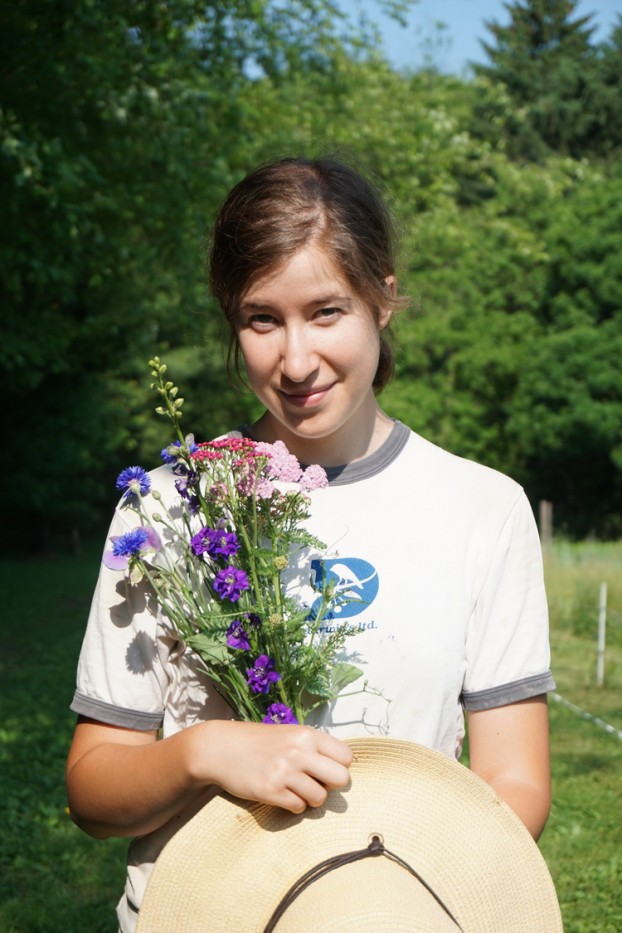
Laura embodies at least three of this year’s Floral Insights: She’s female; she is an urban flower farmer; and she builds community through collaboration!
I recently checked in with Slowflowers.com member Laura Beth Resnick of Baltimore-based Butterbee Farm to learn more about the Maryland Cut Flower Growers Association’s winter meetings. Laura is the current president of the Association, which will hold the second of its three winter meetings on January 12th from 10 am to 1 pm (the third meeting is scheduled for February 9th at the same time).
The Maryland Cut Flower Growers Association is a regional group that has met each winter to share information for almost twenty years. The group convenes in Annapolis and the meeting is open to flower farmers in the Chesapeake Region, which includes Maryland, northern Virginia, southern Pennsylvania, and Delaware.
Before you hear her voice, I’ll share a little bit more about Laura Beth. She is a Baltimore native who launched Butterbee Farm in 2013 after a few years apprenticing on East Coast organic farms. The farm’s first seeds were sown on a 13th of an acre in the Reservoir Hill area outside Baltimore. Midway through the summer, artist and California transplant Jascha Owens volunteered on the farm, and the two have been farming together ever since, now farming on nearly two acres thanks to increasing demand for their beautiful flowers.
The Maryland Cut Flower Growers Association meeting will be held at the Maryland Department of Agriculture Building (50 Harry S. Truman Parkway in Annapolis). For more information, you can contact Laura: butterbeefarm@gmail.com. I hope you are able to attend if you’re in the area.
OUR 2016 FORECAST
As promised, Let’s kick off 2016 with my Floral Insights and Industry Forecast. I’ve been tracking shifts and concepts that are taking hold in the American floral world. I know some of you have already experienced these developments. In fact, my conversations with guests on the Slow Flowers Podcast have greatly influenced this list.
READ MORE…









